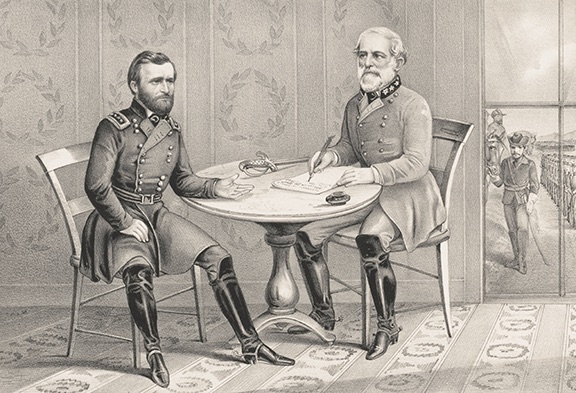“Do you want me to sign this thing or not?”
 In the summer of 2011, I attended a writers’ retreat in the woods of central Vermont at Goddard College, where I had once upon a time earned my M.F.A. The retreat was held each year for alums of the program who wanted to come back to campus and tap into Goddard’s mojo for a burst of writing inspiration. As had been my custom when I visited campus, I took a look at who was on the creative writing faculty at the time and bought some books to read in advance and take along with me to get signed.
In the summer of 2011, I attended a writers’ retreat in the woods of central Vermont at Goddard College, where I had once upon a time earned my M.F.A. The retreat was held each year for alums of the program who wanted to come back to campus and tap into Goddard’s mojo for a burst of writing inspiration. As had been my custom when I visited campus, I took a look at who was on the creative writing faculty at the time and bought some books to read in advance and take along with me to get signed.
When I got to campus, I learned a great little lesson about writing etiquette that has stuck with me ever since.
On the faculty that year was the nonfiction writer Richard Panek, who had just written a fantastic book called The 4-Percent Universe: Dark Matter, Dark Energy, and the Race to Discover the Rest of Reality. The book told the story of the discovery that ended up winning the 2011 Nobel Prize in Physics. As it happens, I love physics and the history of physics, so I eagerly ate up Panek’s book and enjoyed it enough that I made arrangements with Panek to interview him for a story about it (which you can read here, if you’re interested). I was pleased that I’d eventually have the chance to meet him in person.
When I finally had the chance to meet Panek at the retreat, he was gracious—as most of Goddard’s faculty are—when I asked if he’d sign his book for me. I passed my copy to him and proceeded to tell him how much I enjoyed it, and we started talking more about his research and his writing process. He began to inscribe the book, and I asked another question, and we kept talking—but each time he would turn back to the inscription, I would fill the silence with another question. It was pleasant conversation, to be sure, but it didn’t occur to me that he might be trying to concentrate on what he was writing for an inscription. Finally, I asked a question and he looked up from the page over the top rim of his glasses, and very politely, he said, “Yes, yes. One moment,” and he indicated the page and his half-finished inscription.
I clammed up once I realized how distracting I was being, and he finished the inscription, capped his pen, and passed the book back to me. We finished the conversation, although I felt a little sheepish at my thoughtlessness, as well intentioned and grounded in enthusiasm as it was.
I have since had the same thing happen to me innumerable times: people will ask me to inscribe a book and then proceed to launch into a conversation about this or that or the other thing. Sometimes there are people in line behind them, but they seem oblivious to anything beyond their own need to share a story or idea or insight or compliment. I smile and nod and try to be attentive, remembering how Richard Panek once showed that same courtesy to me.
Researching images of Grant and Lee’s meeting in the parlor of Wilmer McClean’s house this morning, I was reminded again of Panek’s courtesy. In our upcoming Grant vs. Lee book for the Emerging Civil War 10th Anniversary Series, we have an essay by Cecily Zander about the ways the surrender has been depicted in art (based on this blog post). As I was rounding up some images to go with her piece, I came across an 1873 print by Currier & Ives titled Surrender of General Lee. Grant and Lee—with disproportionately large heads, clean uniforms, graceful hands, and dainty feet—sit at a table as Lee signs what is apparently the surrender document. The room is otherwise empty, but outside, people are waiting.
And what struck me most about the scene is that Lee is apparently trying to write something even as Grant keeps talking to him, forcing Lee to stop his work and pay attention. Inside his head, Lee is thinking, “Do you want me to sign this thing or not?”
Smile and nod, General Lee. Smile and nod.
Oh too funny. I’ve been that person too Chris, so you’ve got company. Sounds like a situation Larry David could have written a good Seinfeld episode around…
Been on both sides of that table. It’s a good lesson that I suspect has been learned by many of the people who read this blog. As always, you made it a teaching moment by telling the tale on yourself.
I am imagining the dainty-footed Grant and Lee walking around Appomattox Court House discussing surrender terms.
Very humorous. Grant was certainly so star-struck that he kept talking about the Mexican War, etc. before they sat down, that Lee finally said something to the effect, “Shall we get on with it?”